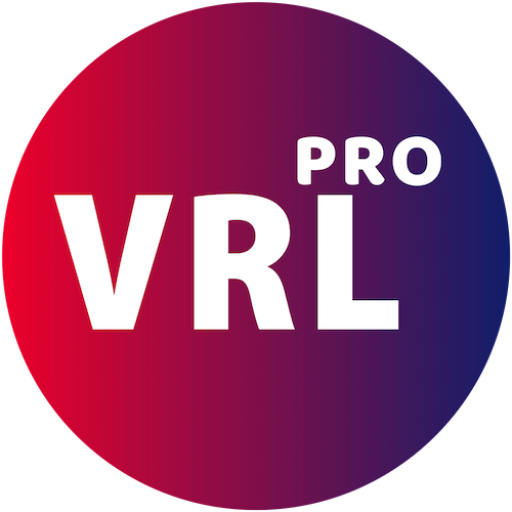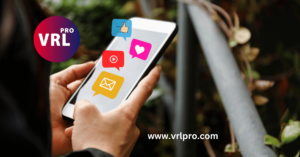Introduction
Welcome to the world of email marketing automation! If you’re new to this concept, don’t worry. We’re here to guide you through the basics and help you understand how to leverage the power of automation to enhance your email marketing efforts.
What is Email Marketing Automation?
Email marketing automation is the process of using technology to send targeted and personalized emails to your subscribers based on specific triggers or actions they take. Instead of manually sending emails to each subscriber, automation allows you to set up predefined workflows that automatically send emails at the right time and to the right people.
Benefits of Email Marketing Automation
Why should you consider email marketing automation? Here are some key benefits:
- Time-saving: Automation eliminates the need for manual email sending, saving you time and effort.
- Increased efficiency: With automation, you can reach your subscribers at the right moment, increasing the chances of engagement and conversions.
- Personalization: Automation allows you to send targeted and personalized emails, making your subscribers feel valued and increasing the likelihood of conversion.
- Improved customer experience: By sending relevant content to your subscribers, you can enhance their overall experience with your brand.
Getting Started with Email Marketing Automation
Now that you understand the benefits, let’s dive into how you can get started with email marketing automation:
1. Define your goals
Before you begin, it’s important to define your goals. What do you want to achieve with your email marketing automation? Whether it’s increasing sales, nurturing leads, or improving customer retention, having clear goals will help you create effective automation workflows.
2. Choose the right email marketing automation platform
There are numerous email marketing automation platforms available, so it’s crucial to choose one that suits your needs. Look for features like user-friendly interface, customizable templates, segmentation options, and analytics to track your campaign’s performance.
3. Segment your audience
Segmentation is key to successful email marketing automation. By dividing your subscribers into different groups based on their demographics, behaviors, or interests, you can send more targeted and relevant emails. This increases the chances of engagement and conversions.
4. Create engaging content
No matter how well you automate your email campaigns, if the content is not engaging, your efforts may go in vain. Focus on creating valuable and compelling content that resonates with your audience. Use a mix of informative, promotional, and interactive content to keep your subscribers interested.
5. Set up automation workflows
Now comes the fun part – setting up automation workflows. This involves defining triggers, actions, and conditions for your emails. For example, you can set up a welcome email series for new subscribers or send a personalized discount code on a subscriber’s birthday. Experiment with different workflows to find what works best for your audience.
6. Test and optimize
Once your automation workflows are up and running, it’s important to regularly test and optimize them. Monitor the performance of your emails, analyze open rates, click-through rates, and conversion rates. Make adjustments as needed to improve the effectiveness of your campaigns.
Conclusion
Email marketing automation is a powerful tool that can take your email marketing efforts to the next level. By leveraging automation, you can save time, increase efficiency, and deliver personalized experiences to your subscribers. Remember to define your goals, choose the right platform, segment your audience, create engaging content, and continuously test and optimize your campaigns. With these steps, you’ll be well on your way to mastering email marketing automation.




